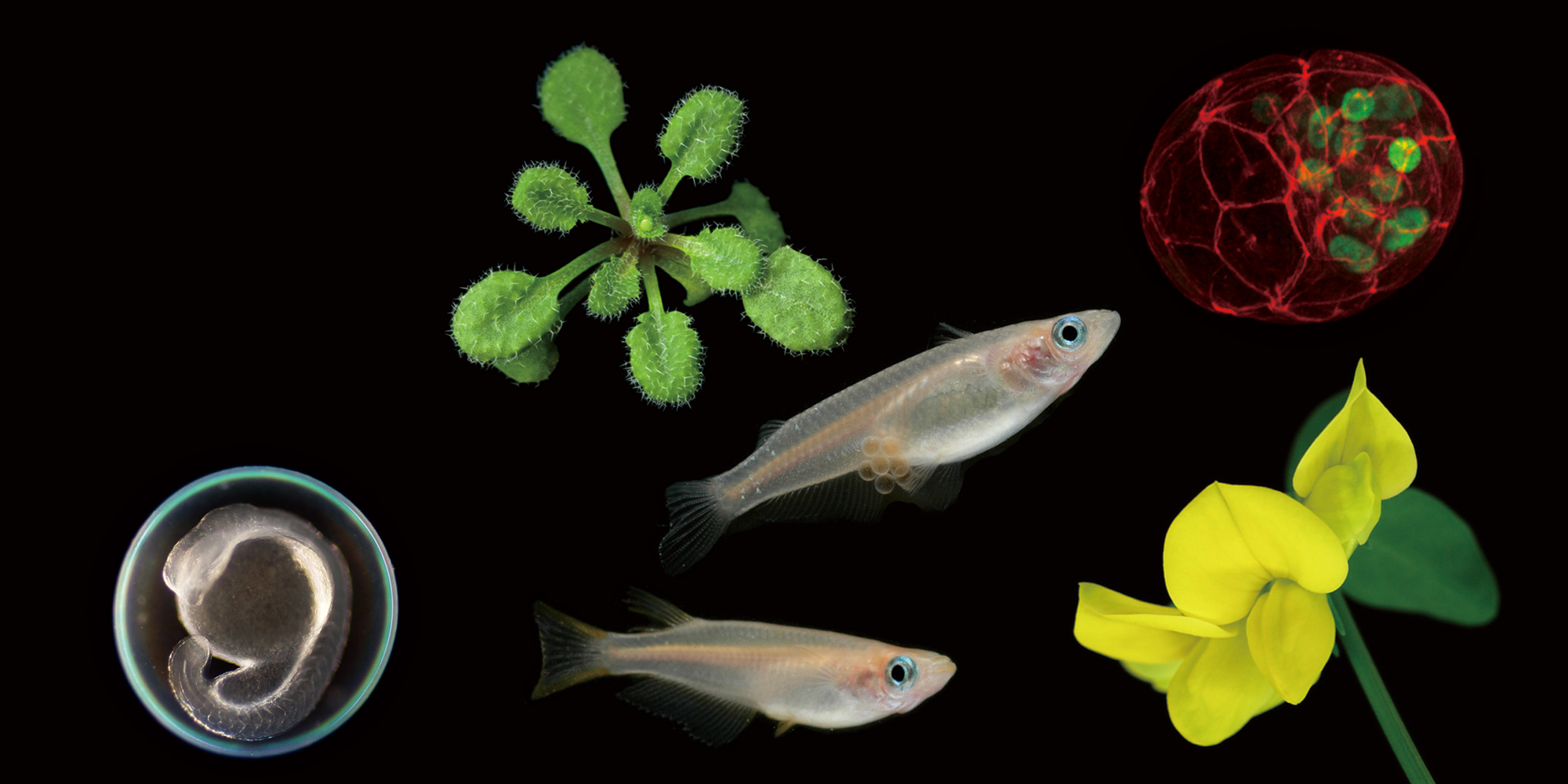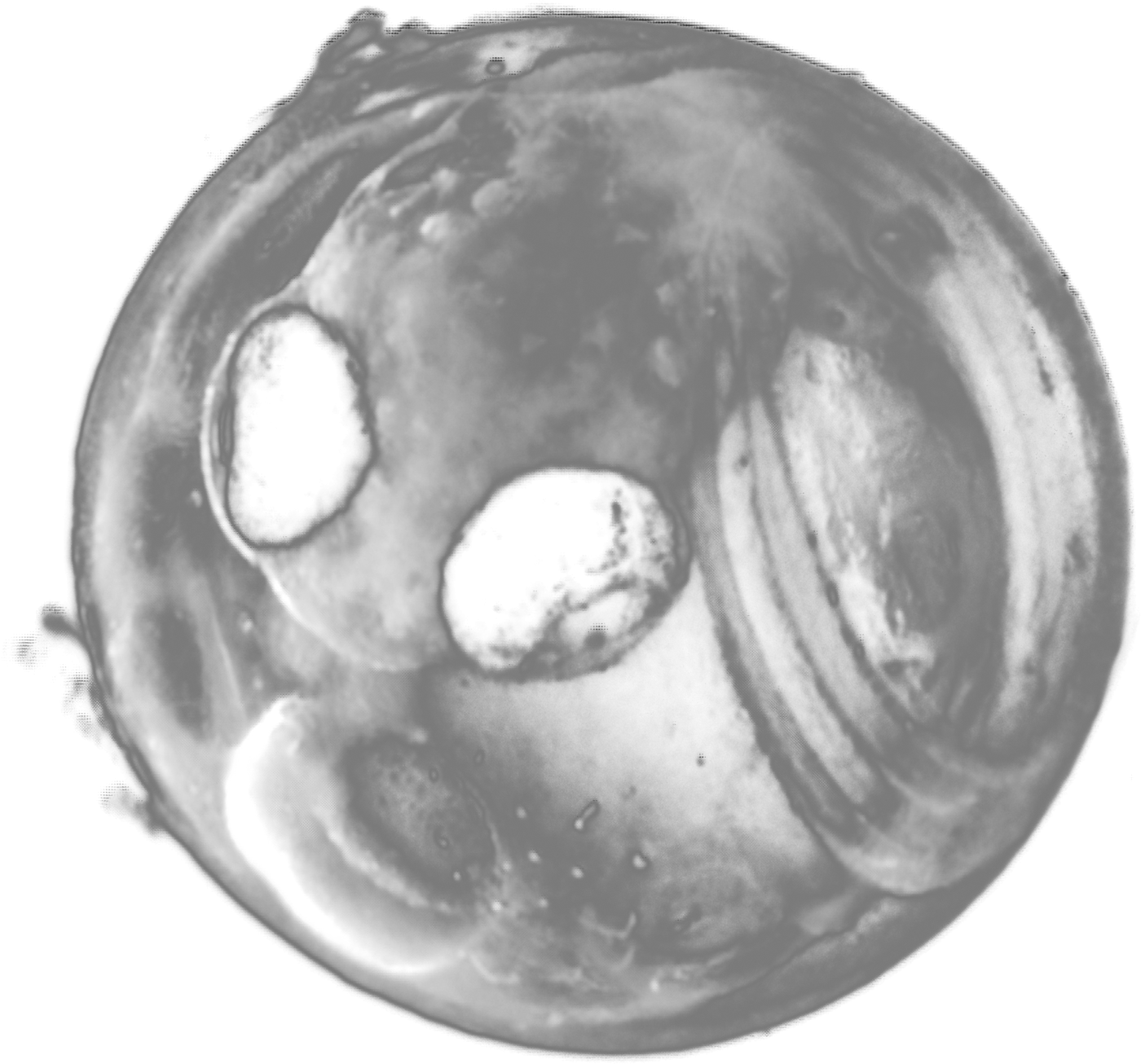2016.08.18 Other
Domesticated zebrafish: A model for polygenic sex determination
Dr. Laszlo ORBAN (Temasek Life Sciences Laboratory, SINGAPORE)
2016. 08. 18 (Thu) 17:00 ~ 18:00
Conference Room, NIBB (Myodaiji)
Laboratory of Bioresources, Yusuke Takehana (7579)
The 9th NIBB International Practical Course
The 4th NIBB-TLL Joint International Practical Course
Open Seminar
Domesticated zebrafish: A model for polygenic sex determination
Zebrafish (Danio rerio) is one of the two most popular models of fish biology, together with the Japanese medaka (Oryzias latipes). Although many aspects of zebrafish biology are described to great detail, the reproduction of the species is still poorly understood and requires extensive research.
The zebrafish community has been disputing the mode of sex determination in zebrafish for over three decades. Some argued for the presence of the sex chromosomal system [1], others for temperature-based sex determination (TSD). Our lab, together with others, proposed that zebrafish sex is determined genetically by several factors dispersed in the genome (polygenic sex determination; PSD; reviews: [2,3]). Recent data has revealed the presence of sex chromosomes in wild zebrafish that have apparently been lost during the domestication process [4].
In my presentation, I will describe the process of polygenic sex determination in domesticated zebrafish and argue that its detailed analysis will be potentially useful not only to improve our understanding of PSD in other species, but that of all complex genetic processes regulated by multiple loci and pathways as well.
References:
1. Liew et al. (2012) PLoS ONE 7(4): e34397.
2. Liew and Orbán (2014) Brief. Funct. Genomics, 13(2): 172-87
3. Moore and Roberts (2013) Curr. Biol. 23(12): R510-512
4. Wilson et al. (2014) 198(3): 1291-1308







